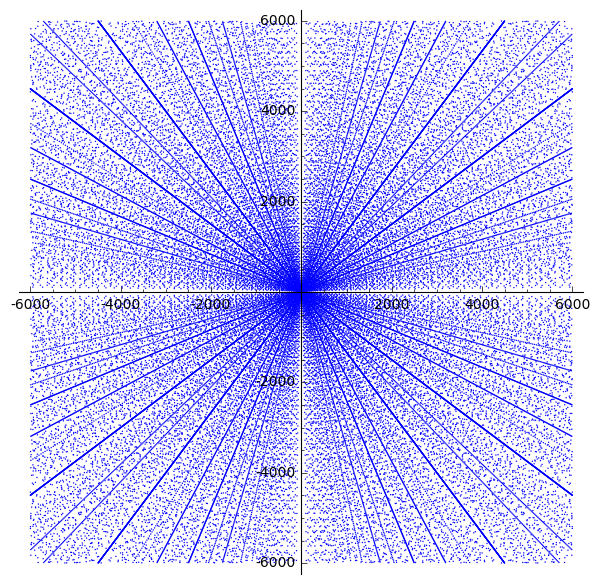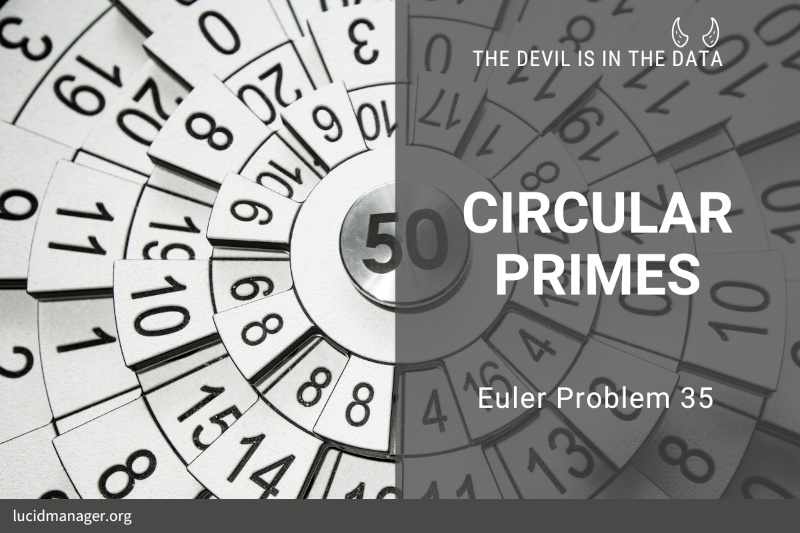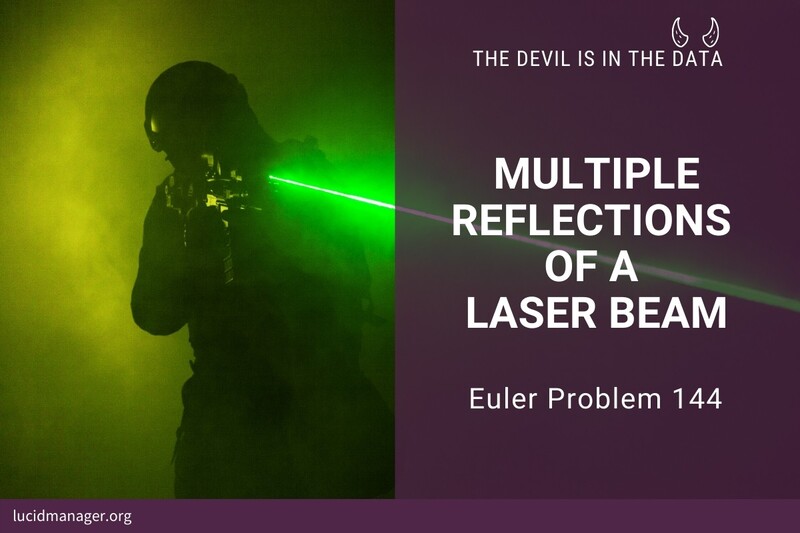
Project Euler 9: Special Pythagorean Triplet

Peter Prevos |
500 words | 3 minutes
Share this content
Project Euler 9 is about the ancient problem or Pythagorean triples. My background is in carpentry and the essential Pythagorean triple 3:4:5 is a standard tool to check whether an angle is straight. When building a structure, simply mark 3 and 4 units of length on the two sides and check whether the diagonal is precisely five units to ensure your angles are straight. There are, however, an infinite number of triples that form right angles.
Project Euler 9 Definition
A Pythagorean triplet is a set of three natural numbers, \(a < b < c\), for which, \(a^2 + b^2 = c^2\).
For example, \(3^2 + 4^2 = 9 + 16 = 25 = 5^2\).
There exists exactly one Pythagorean triplet for which \(a + b + c = 1000\).
Find the product \(abc\).
Brute Force Solutions
This solution uses brute force and checks all combinations of \(a\), \(b\) and \(c\). To limit the solution space, I used the fact that \(a < b < c\), which implies that \(a < s/3\), and \(a < b < s/2\), where s is the sum of the three sides.
## Project Euler 9: Special Pythagorean Triplet
a <- 0
b <- 0
c <- 0
s <- 1000
found <- FALSE
for (a in 1:floor((s / 3))) {
for (b in (a + 1):floor(s / 2)) {
c <- s - a - b
if (a^2 + b^2 == c^2) {
found <- TRUE
break
}
}
if (found) break
}
answer <- a * b * c
print(answer)Alan Jordan provided a faster brute force method. Since \(min(a)=1\) and \(max(b)=499\), we can walk \(a\) and \(b\) towards each other. That way there’s a max of 498 possibilities instead of 292*497 in the first solution.
# Improved Brute Force
a <- 1
b <- 499
repeat{
c <- sqrt(a^2 + b^2)
if (a + b + c > 1000) {b <- b - 1}
else if (a + b + c < 1000) {a <- a + 1}
else if (a + b + c == 1000) {break}
}
answer <- a * b * c
print(answer)Euclid’s Method
Euclid’s formula generates Pythagorean triples for an arbitrary pair of integers m and n with \(m > n > 0\). The formula states that the integers \(a = m^2 - n^2, b = 2mn, c = m^2 = n^2\) form a Pythagorean triple.
## Euclid's Method
abc_sum <- 1000
x <- abc_sum / 2
min <- floor(sqrt(x / 2))
max <- ceiling(sqrt(x))
m <- min:max
m <- m[x %% m == 0]
n <- ((x / m) - m)
a <- 2 * m * n
b <- m^2 - n^2
c <- m^2 + n^2
answer <- a * b * c
print(answer)Share this content



